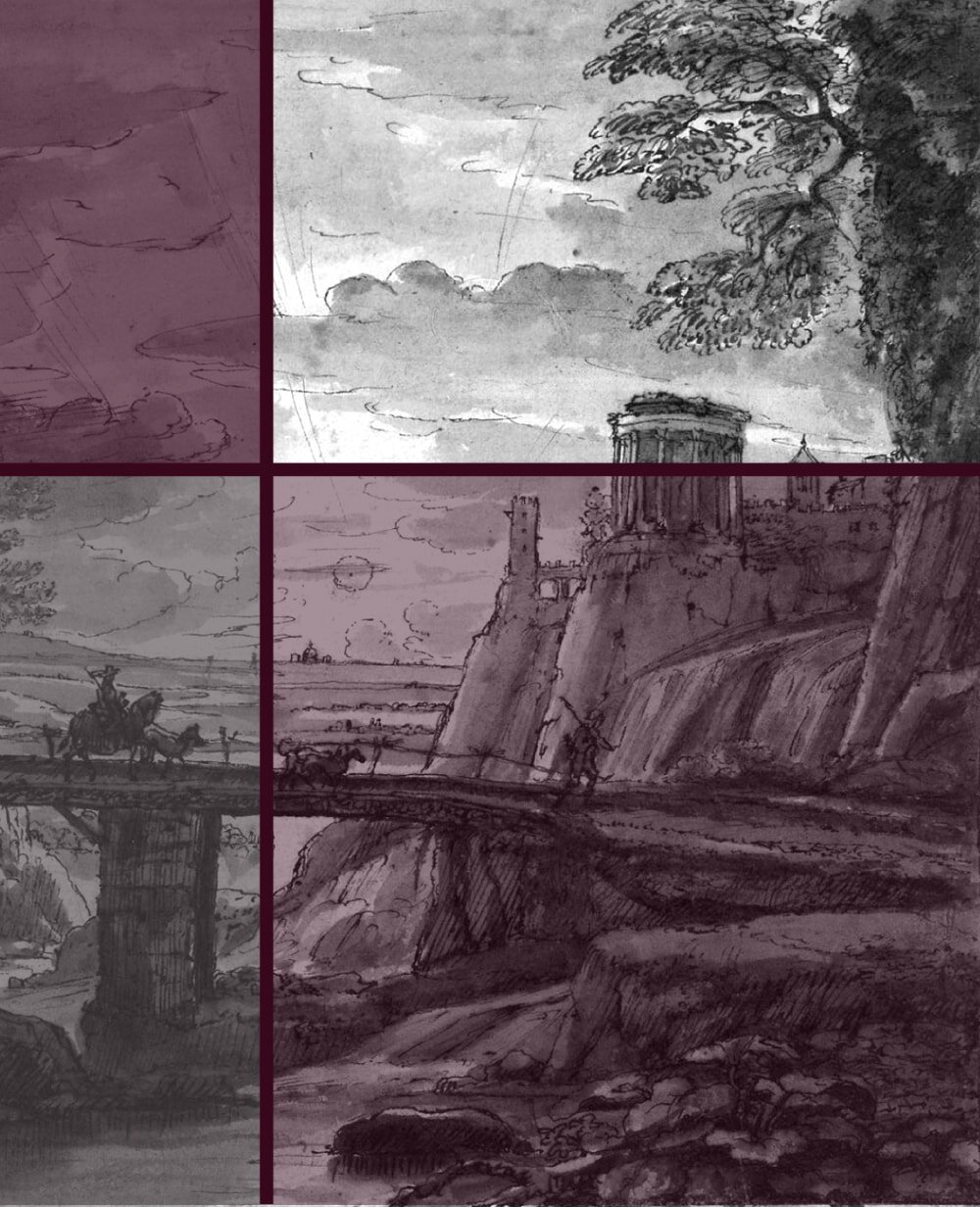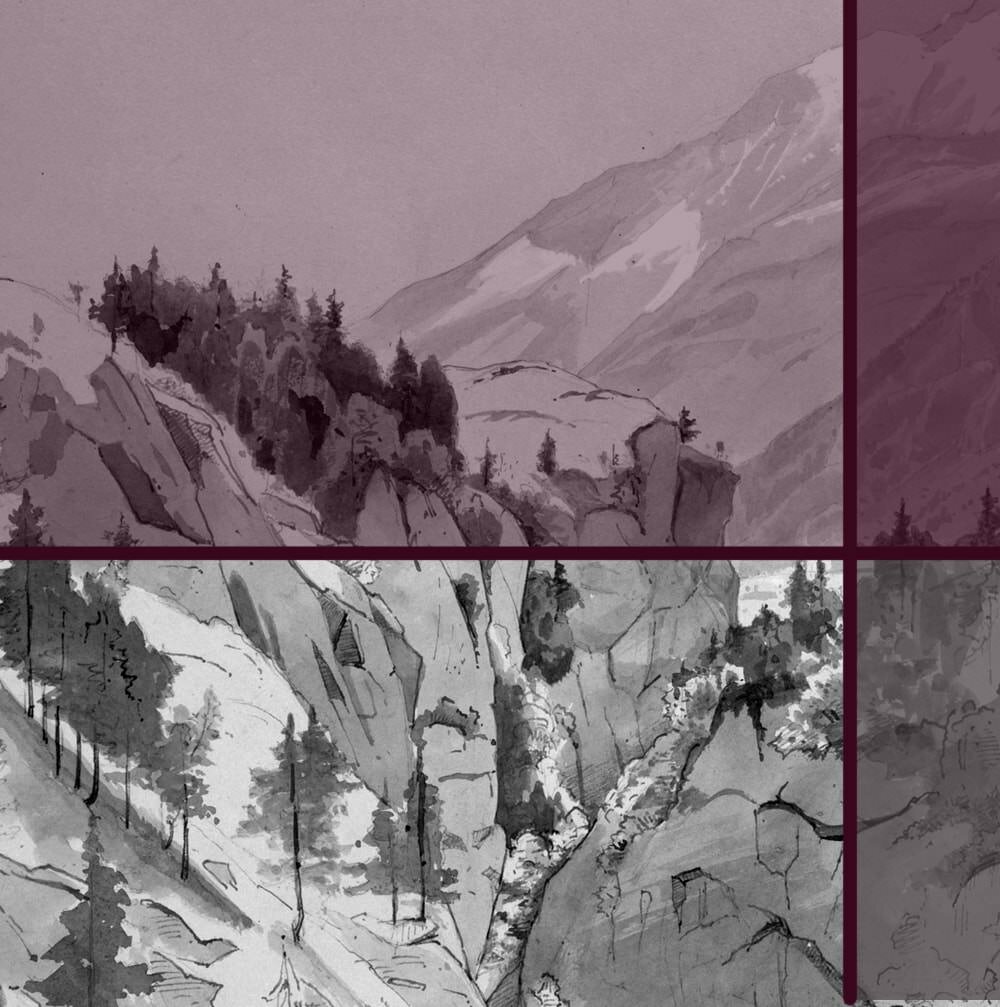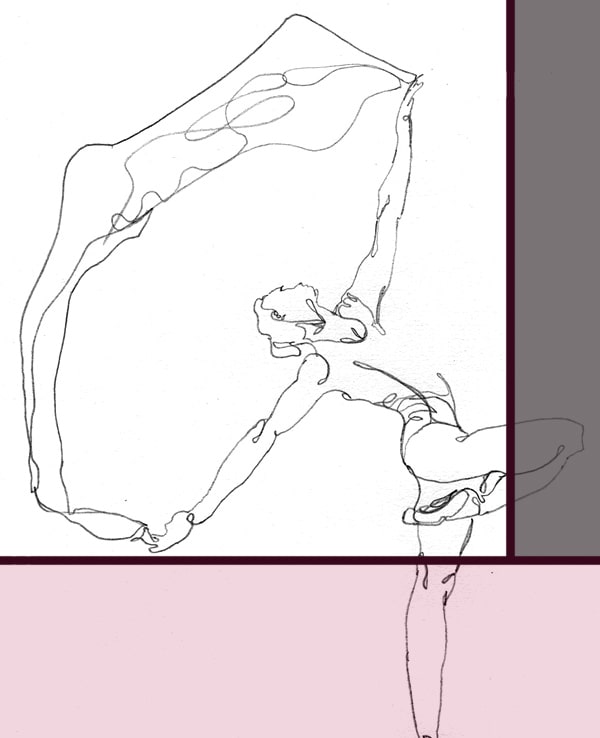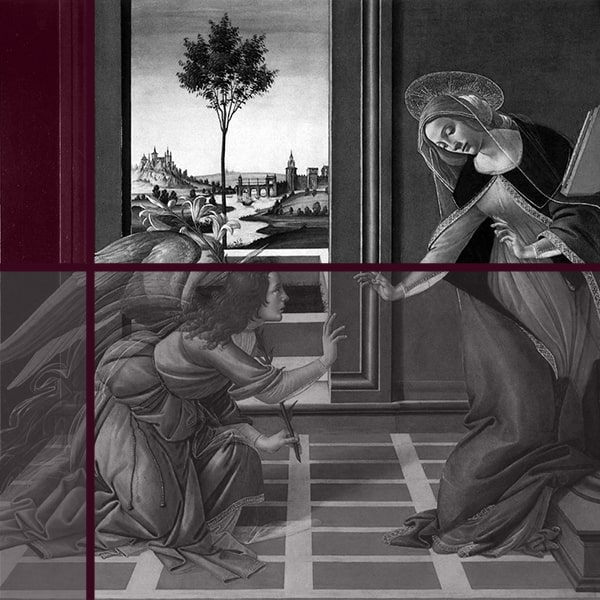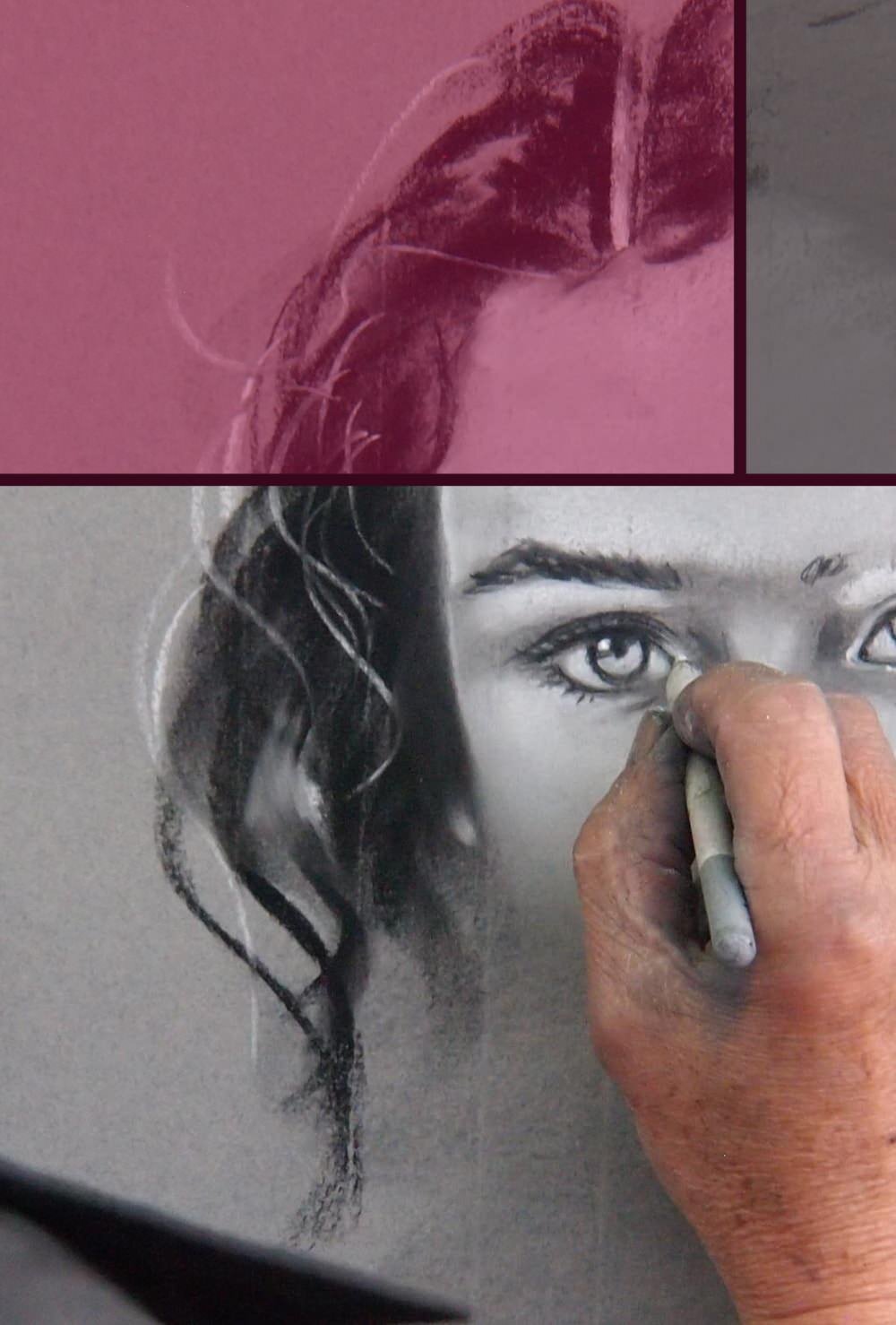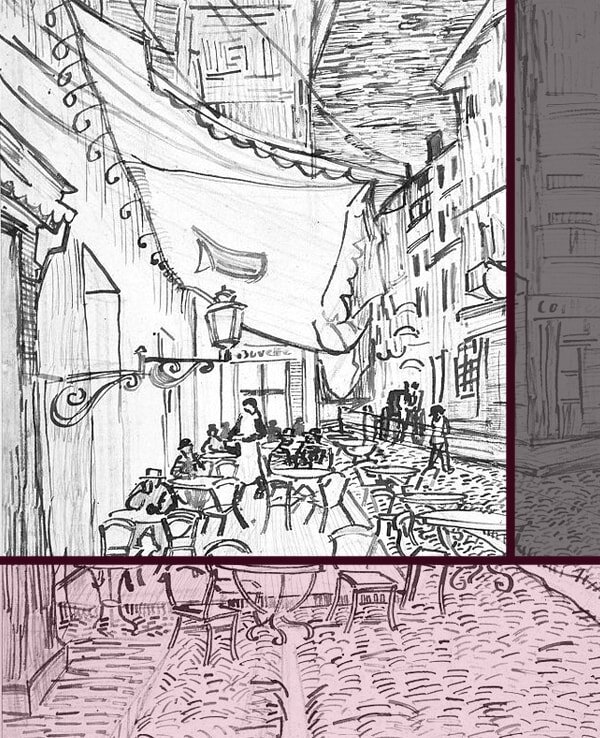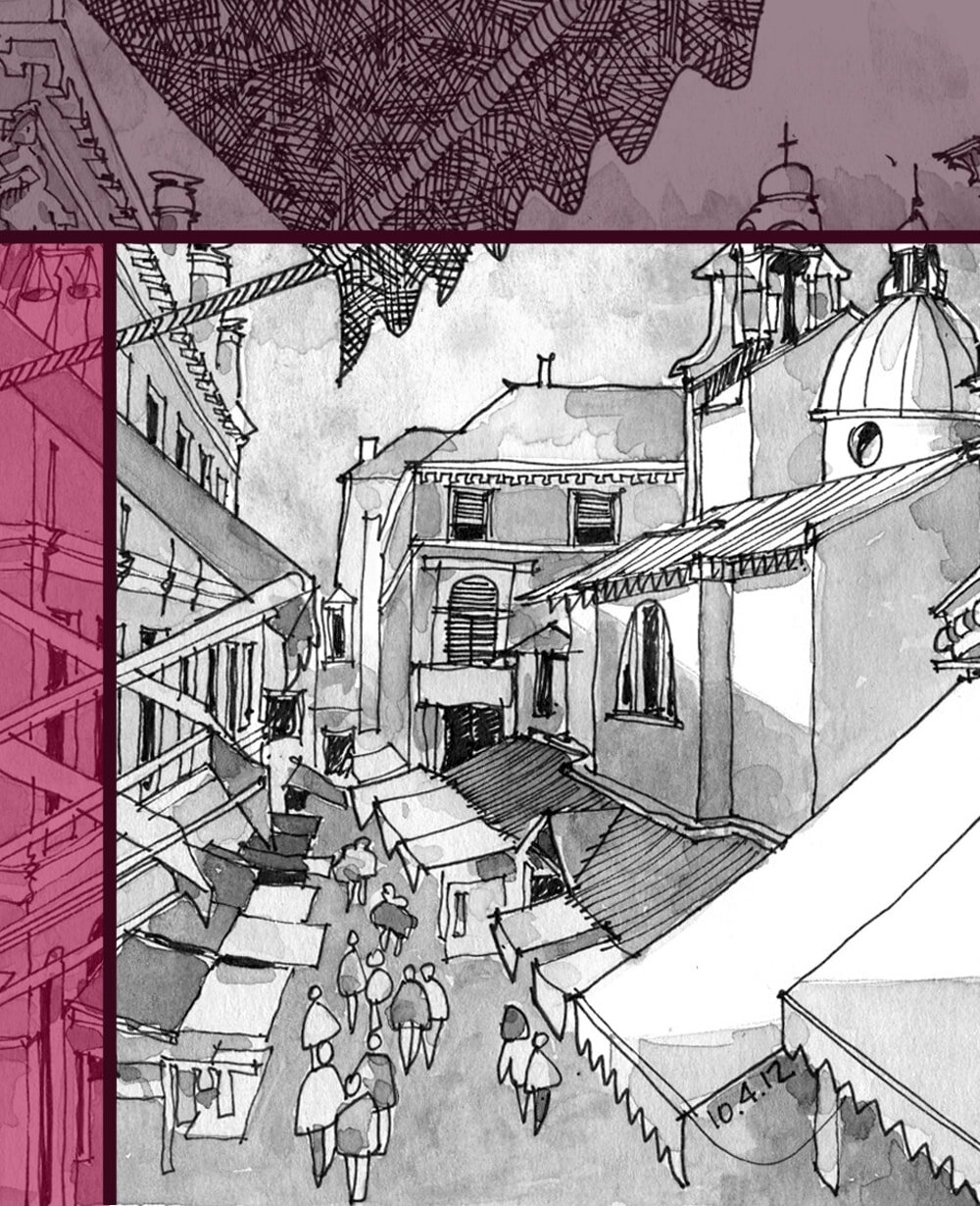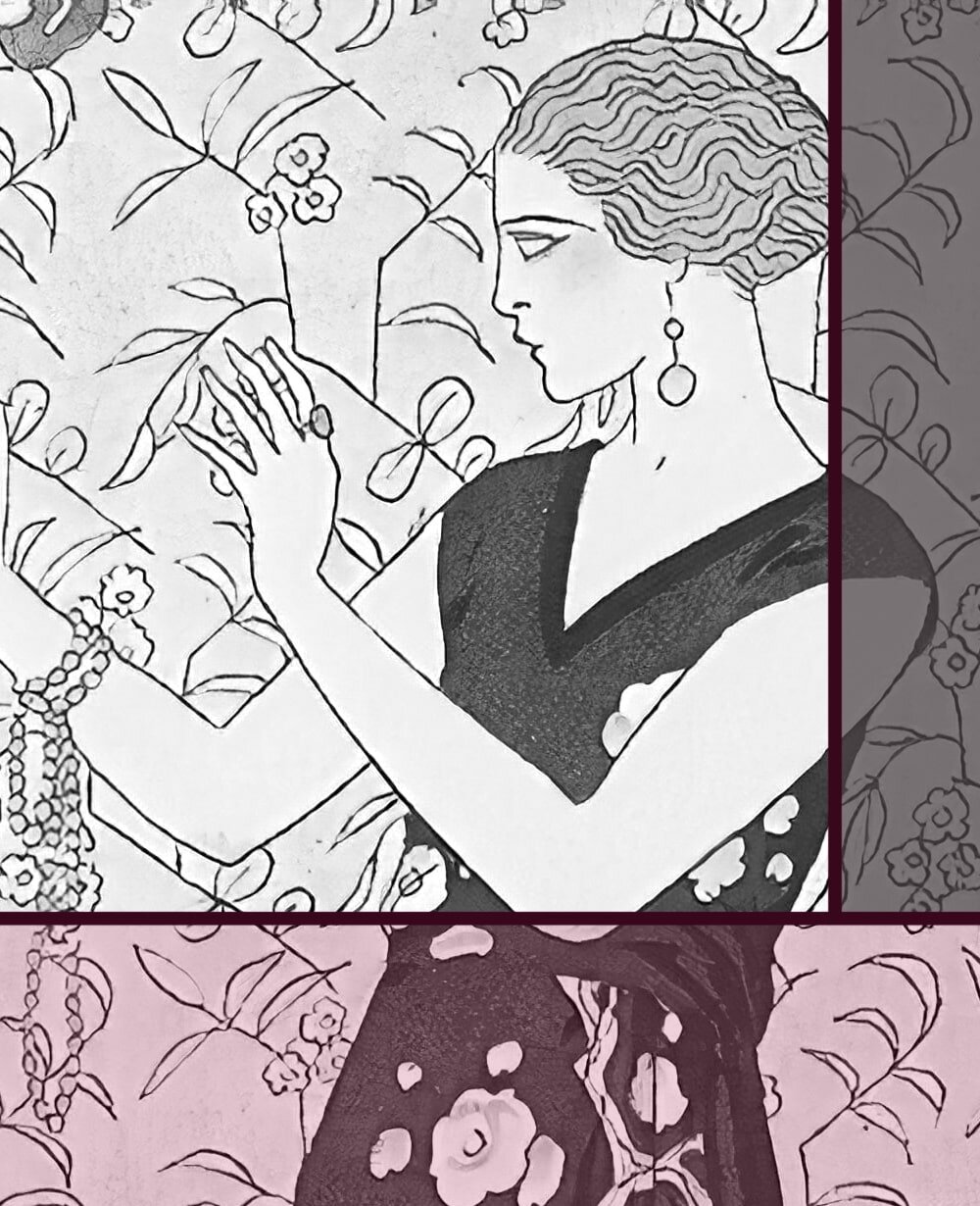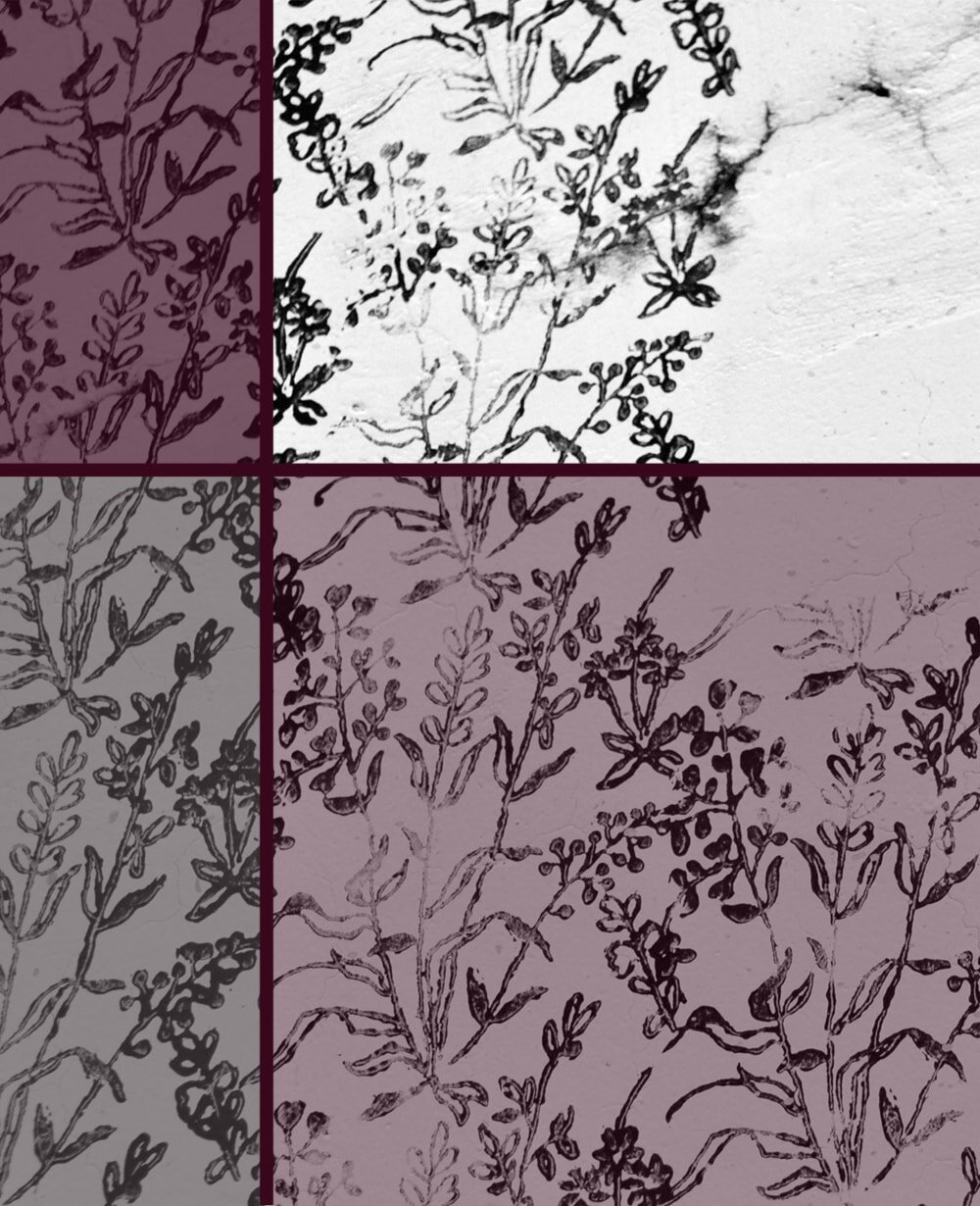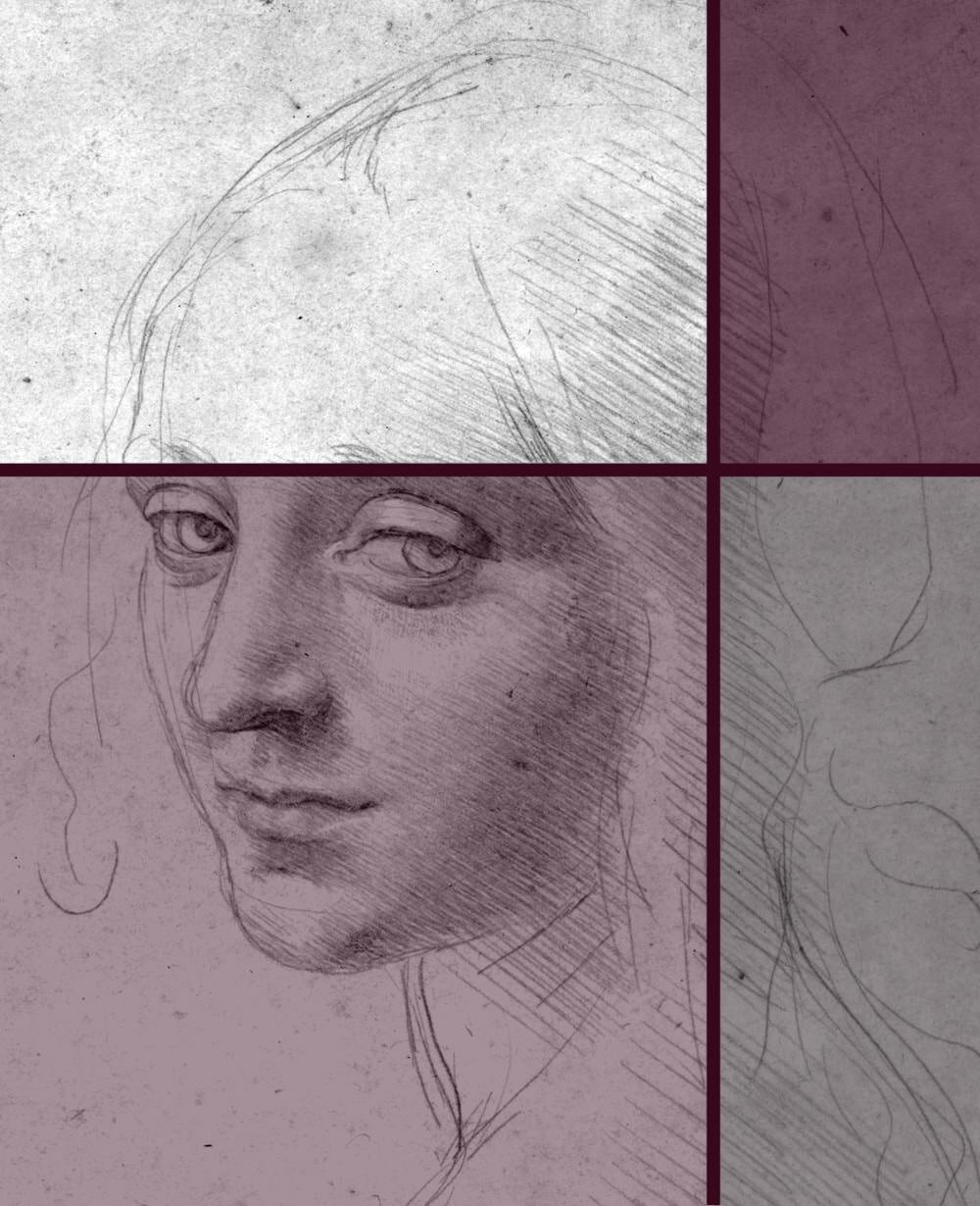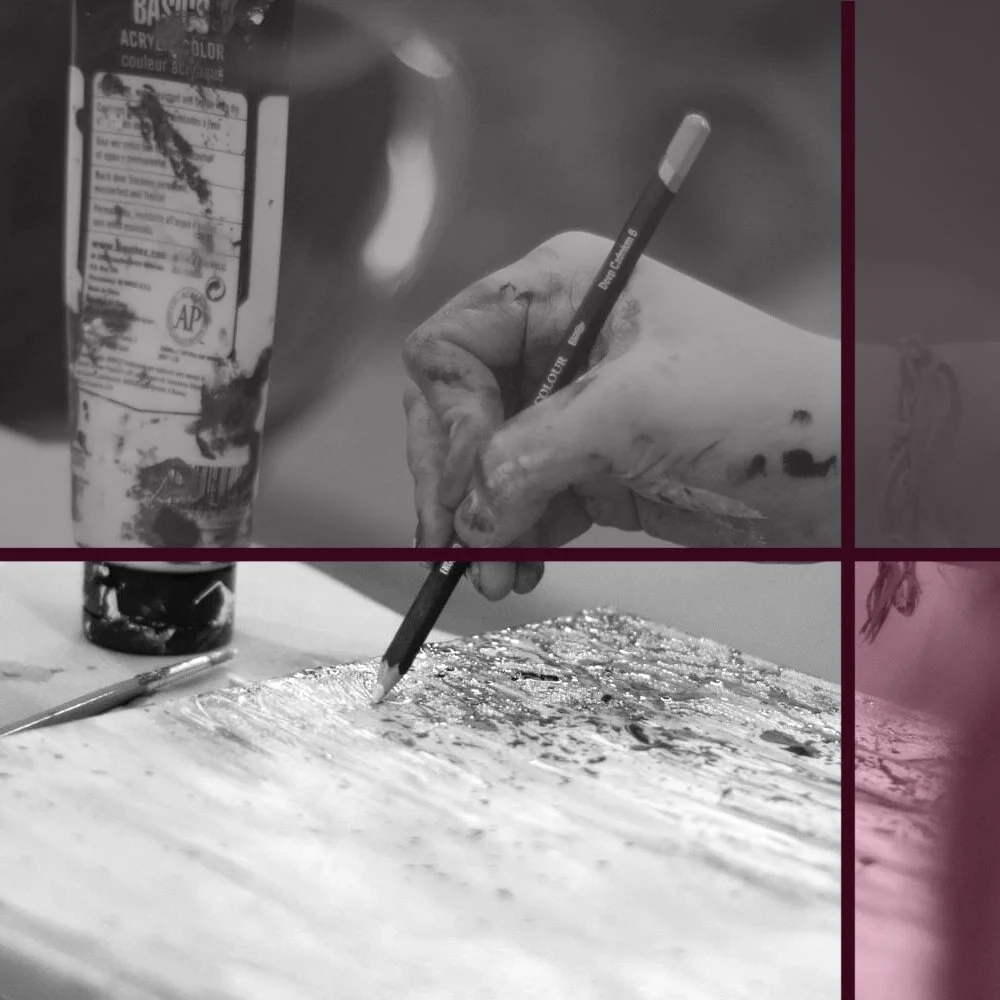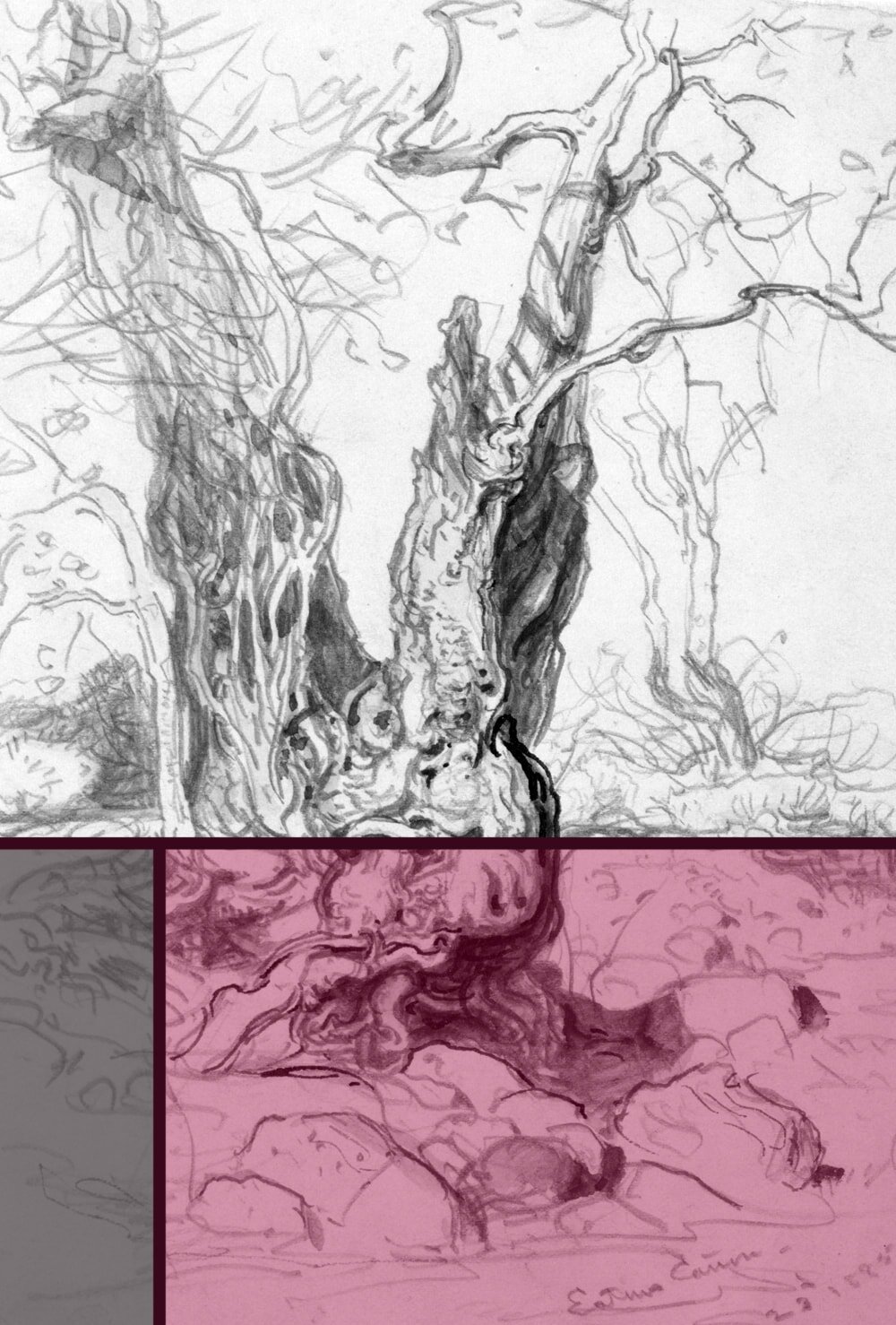Why Drawing Landscapes is so Popular (and so Good for your Art)
Ever since the dawn of man have we loved sketching meadows, woods and mountains. They're not just beautiful but also great to improve our skill set.
The rise of the landscape
Yet, it took a while for Landscape art to take its rightful place amongst the elite of subjects. At some points in history, such as during the Renaissance, portraits, religious and historic topics were more popular, with landscapes only taking on a supporting role.
But over time artists everywhere realised that nature is one of the most amazing, most worthy and indeed, most challenging subjects.
Meadows, forests and mountains are every bit as important to art as Bacchus meeting Ariadne.
While the idea of nature being a worthy subject developed slowly over time, the Impressionists with their love for capturing the stunning beauty of the outdoors sealed the deal and lifted the subject up to the heights it has remained ever since.
The pleasure of giving up control
There are many benefits to drawing landscapes. First and foremost, there's the Impressionist's number one point for moving their easels outdoors: natural light.
Unlike a controlled studio atmosphere, in which you can choose the angle, brightness and colour of the light, out and about you aren’t the one calling the shots, nature is.
The way natural light interacts with the natural world it touches has been a source of inspiration for centuries.
There is just something magical about how the sun suddenly appears from behind a cloud and hits a lush canopy of leaves to make the forest floor seem to dance.
Time of day and weather have a huge influence on how the same scene appears, from bright and cheerful to dark and eerie. It's a lot of fun to play around with different approaches and let the outside conditions be your guide.
Variety
Another reason for everyone to occasionally take their sketchbook and venture into the great unknown is the vast number of subjects to draw.
Nature is such that everywhere you look there will be something else extremely photogenic to discover.
Even a single subject will have dozens of great angles for you to choose from. You found a pretty meadow that might do for some quick sketches? It’ll probably look amazing at eye level, from above, down on the ground, close-up, from the right, the left, you name it.
Textures and patterns everywhere
You know what all those great angles have in common? A lot of super interesting textures. The outdoors is full of different organisms, and non-living things, many with unique, amazing patterns.
Everywhere you look there are smooth, shiny leaves, rough, gritty rocks and delicate, velvety flowers.
A lot of texture: the rough mountainside, the bushy fir trees, the smooth, shiny lake, a spiky-looking bush on the left and delicate flowers on the right.
Tree bark, if you take a good look at it, has as fascinating a texture as the underside of a mushroom or a simple stretch of cracked, dry soil.
It's fantastic practice to sketch these often irregular shapes and patterns. It won't be easy at first, but if you keep trying, you'll become good at it in no time and it'll make your drawings so much richer and more interesting.
My article The 15-Minutes-a-Day Drawing Exercise Routine makes use of such textures in one of the exercises.
Learning to suggest
Due to nature's variety you'll also notice that many views can be somewhat busy. Everywhere you look there are different trees, flowers, bushes, rocks. There are clouds, ripples in the water, bees buzzing around.
It's impossible to draw every single detail, nor should that ever be your goal (for sketching at least). Instead, one of the most important lessons you will learn when drawing landscapes is to simplify.
Note how roughly the tree foliage and grass are sketched, yet the illusion works perfectly.
Having to hint at detail without actually drawing it is a skill in its own right and takes a lot of practice.
For some tips and exercises to help you get started have a look at my article How to Simplify your Drawings.
Learning to let it go
Man-made objects, especially in our modern times, tend to be incredibly uniform and neat. Being surrounded by such order all day we have become used to it and often, even subconsciously, try to recreate it in our drawings.
But in most cases a less perfectionist approach is much more appealing. Asymmetry is what adds interest, irregularities bring life to a drawing. And nature can teach us both.
This Sketch by Vincent van Gogh shows the imperfections of nature, no tree is the same as the next.
There are few straight lines in nature. No two things ever look exactly the same, so you'll be practically forced to create unique, fascinating drawings, full of character.
Pop by my article 7 great Exercises to Improve your Landscape Drawing Skills for an exercise that’s great to get some practice with this.
Freedom of composition
As I've mentioned above, nature isn't uniform. In every view there is a lot going in, with differently shaped and arranged plants, rocks, bodies of water, whathaveyou.
Because of that you have a lot more freedom with your composition. In most cases you can pretty much edit it however way you like.
You can move components around, change their shape, make them more or less prominent and your viewers will never know (unless they happen to know the original subject very well).
For more tips for a good landscape composition have a look at my article 19 expert Tips for creating stunning Landscape Sketches.
Mind, body and soul
Finally, there are the health benefits of spending time in and with nature. Being outdoors is proven to relieve stress, boost your immune system and improve your wellbeing as a whole.
Fresh air is great for your lungs, chirping birds and rustling leaves will do wonders for anxiety.
There are even studies linking spending time outdoors with enhanced creativity, so that's just perfect for you and your drawing skills.
Famous landscape drawings we can’t get enough of
The rock of Montmajour with pine trees (1888) by Vincent van Gogh. Pencil, reed pen and brush with ink on paper. Van Gogh Museum, Amsterdam (Vincent van Gogh Foundation)
No list like this without mentioning everyone’s favourite artist, good old Vincent van Gogh. His talent of bringing any scene to life with his free, vivid strokes is unparalleled.
This hill view is just bursting with movement and creativity, even though the subject is literally “just” a few rocks and trees.
Van Gogh used mainly a reed pen to create the strokes. Stipples and cross-hatching are simple on their own but merge into a vastly interesting landscape.
If you’re interested in learning to draw rocks and mountains you can read my article How to Draw Rocks and Mountains in a quick Landscape Sketch.
Chanting poems in leisure among pines (c. 1687) by Shen Zhou, ink on paper
This sketch is somewhere between drawing and painting, due to the use of brushes instead of pens, but its beauty and simplicity earn it a place in this list either way.
Chinese artist Shen Zhou used brushes and ink to create these elegant lines and stipples that are incredibly soothing yet at the same time full of life and spirituality.
The irregular and natural shapes of the trees and especially the slightly blurry brushwork for the foliage creates a wind-swept effect where you can almost hear it rustling through the leaves. Absolutely amazing.
Cliffs and sea, Sainte Adresse (c.1864) by Claude Monet, black chalk on paper
It’s no secret that French impressionist Claude Monet preferred paints and colour for the most part, not surprising considering his talent for both. But this chalk sketch of a rock with sea view is still very compelling and worth mentioning.
This drawing is the perfect example of a quick, everyday sketch, possibly to work out a composition or just for general practice.
The elements are roughly drawn, with very little detail. He didn’t even bother with a sky at all, yet the sketch somehow still manages to tell a story and draw the viewer into this overall very pleasant, natural composition.
Landscape with an imaginary view of Tivoli by Claude Lorrain. Pen and brown ink
Claude Lorrain probably drew this sketch to prepare for a painting with the same name, but personally I like the drawing a lot better.
I absolutely adore the way the sunset takes centre stage and creates an alluring play of light and shadow with just the perfect mix of rough sketching and intricate detail.
The bridge and group of rocks and trees on the left are mere silhouettes since we are looking at the shadow-side of the scene.
The group of historic monuments on the hill are a lot lighter against the sun whereas the Shepard and herd at the bottom left are hardly noticeable. A very serene, return-home-at-the-end-of-the-day kind of scene.
For more tips and tricks have a look at my other landscape-related articles.
Did you enjoy this article or feel like you have anything else to add? Feel free to leave me a comment below!
If you like this post, please share it, so others may like it too!

